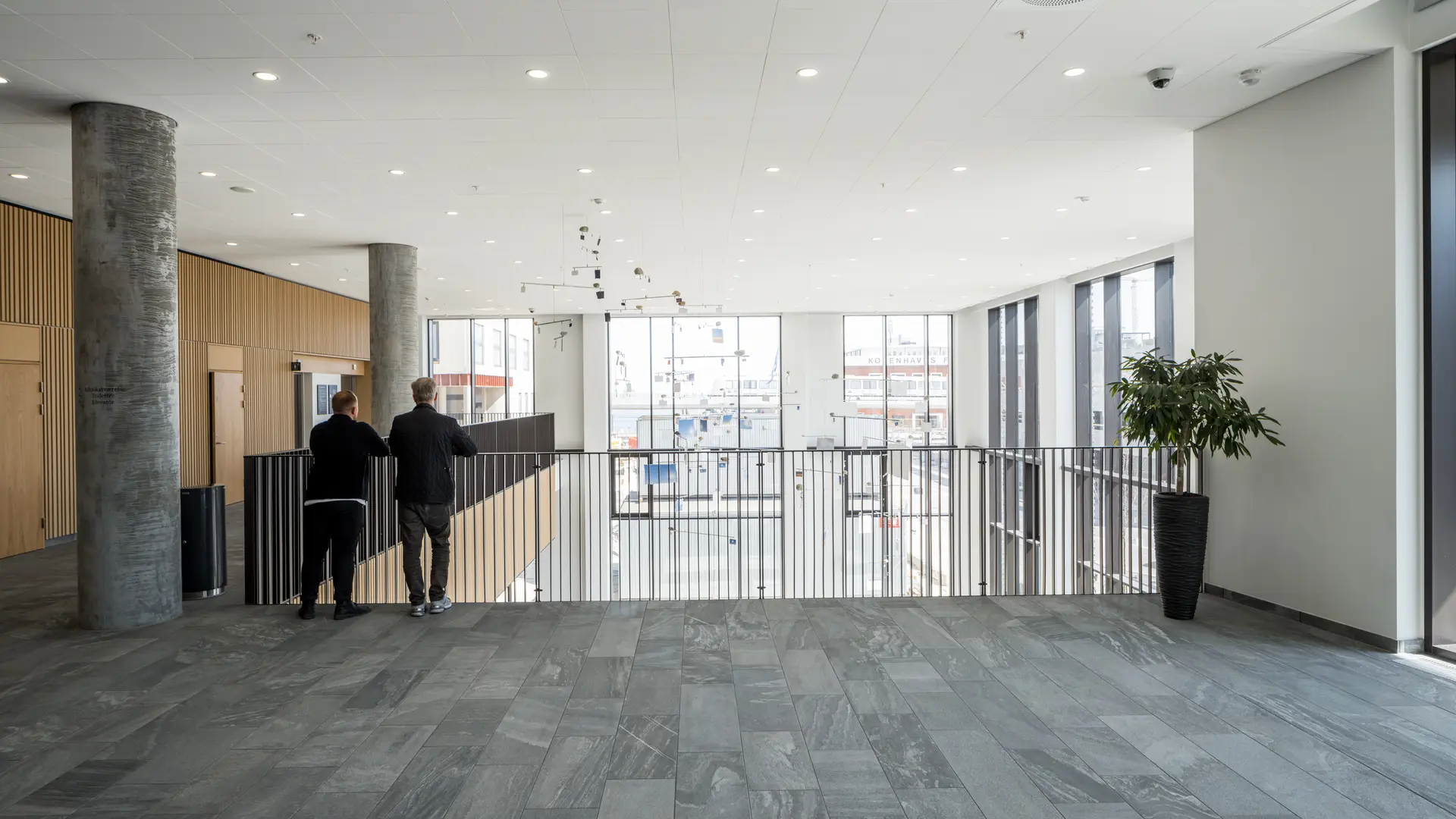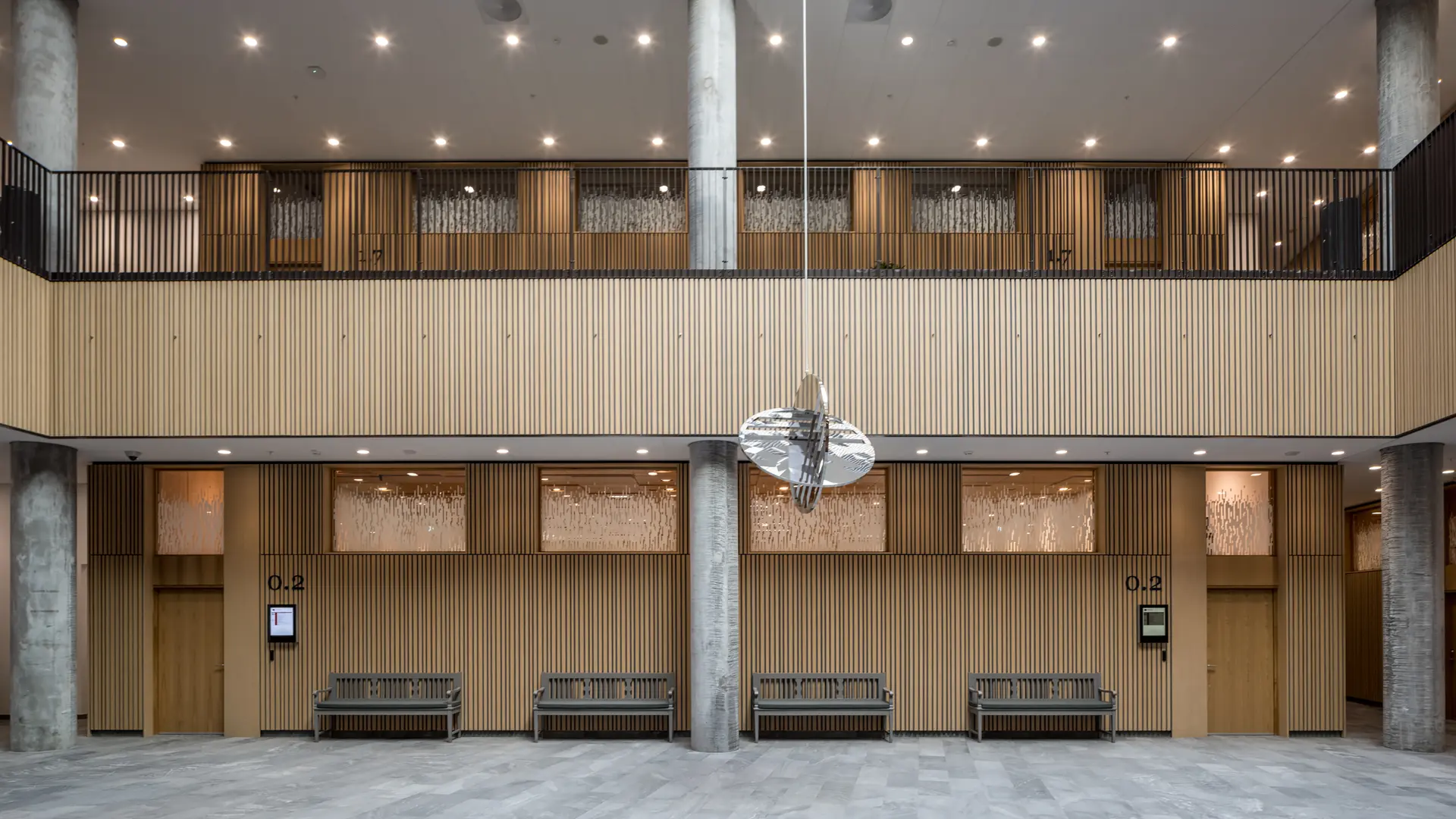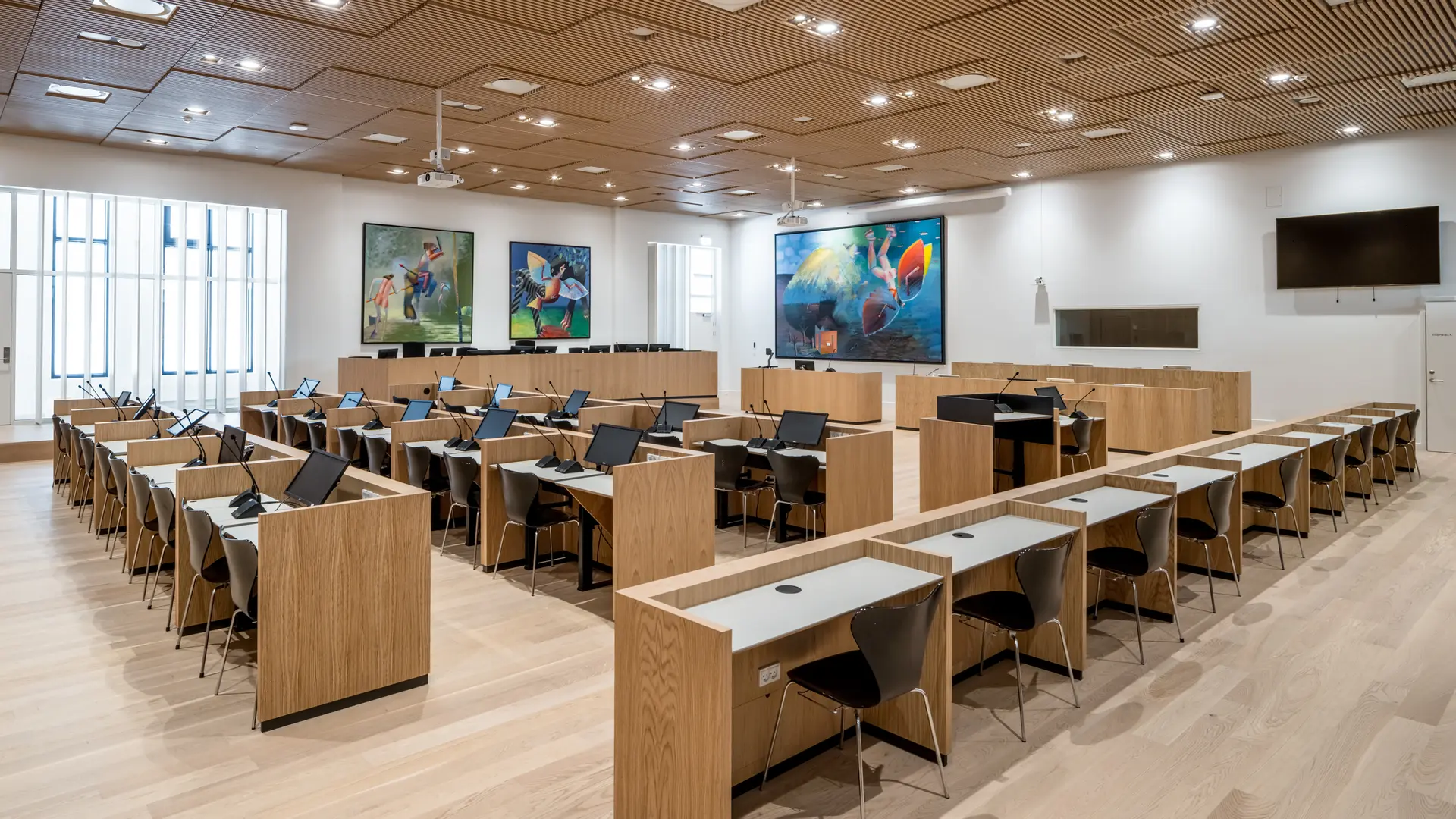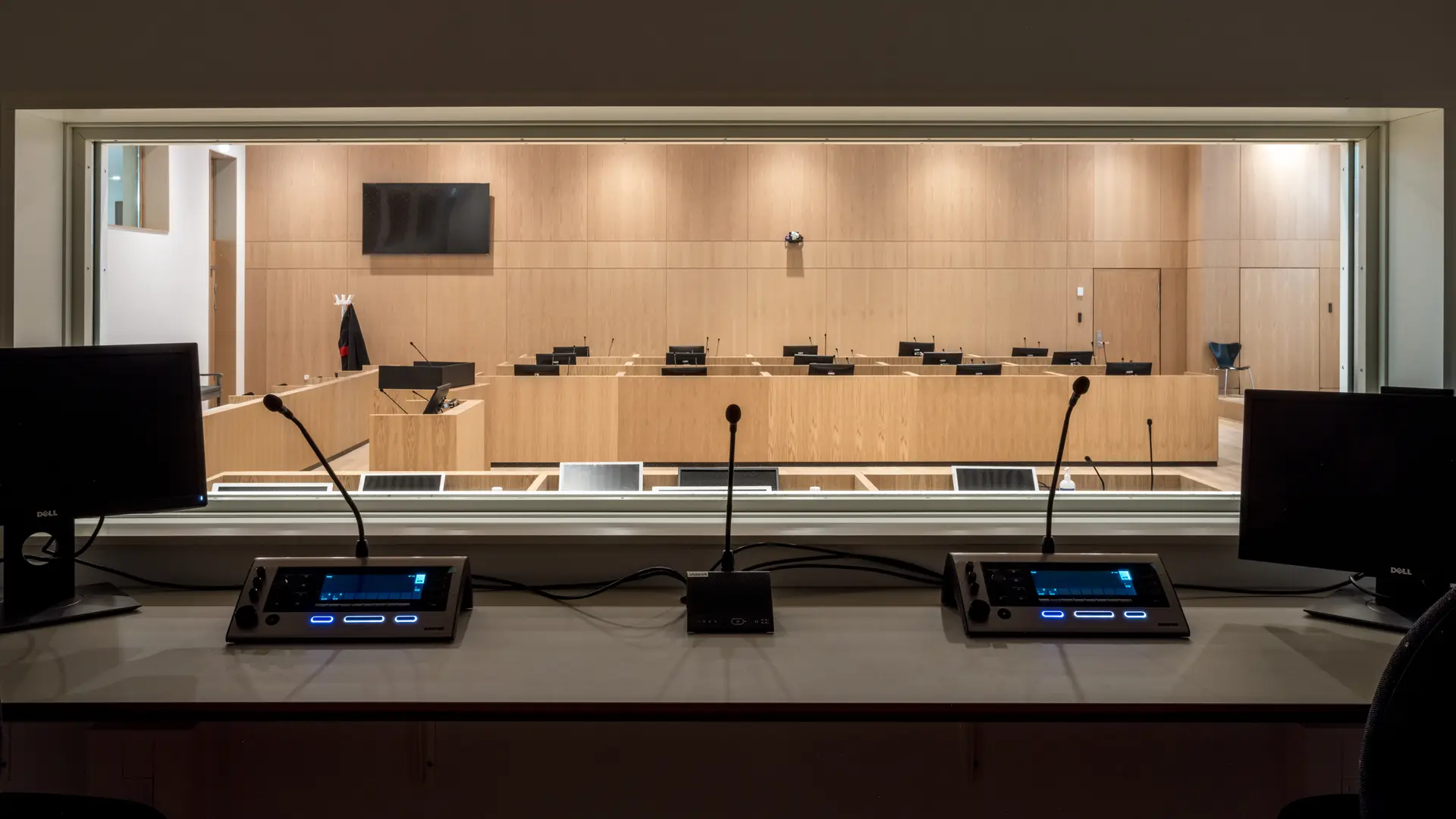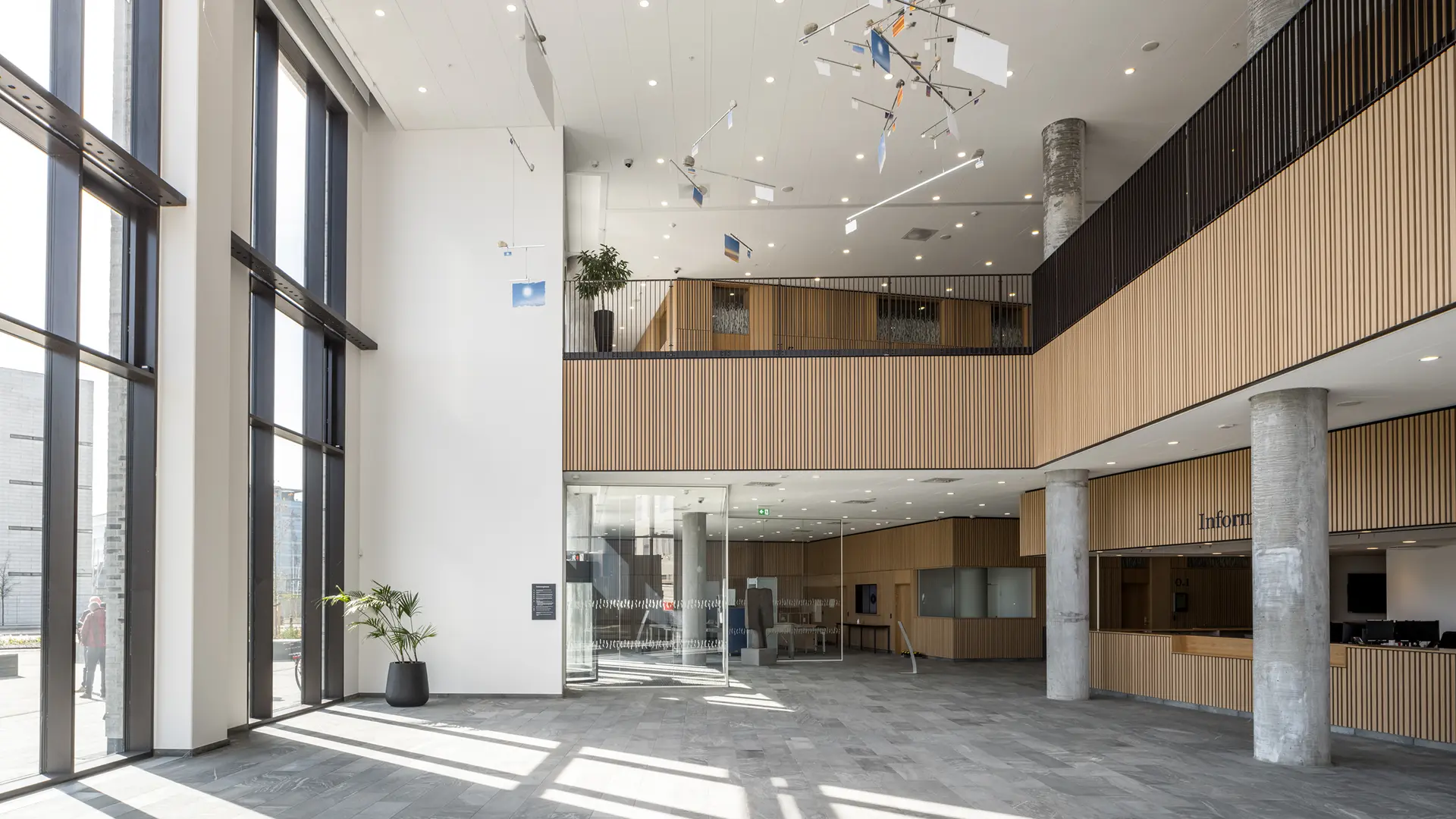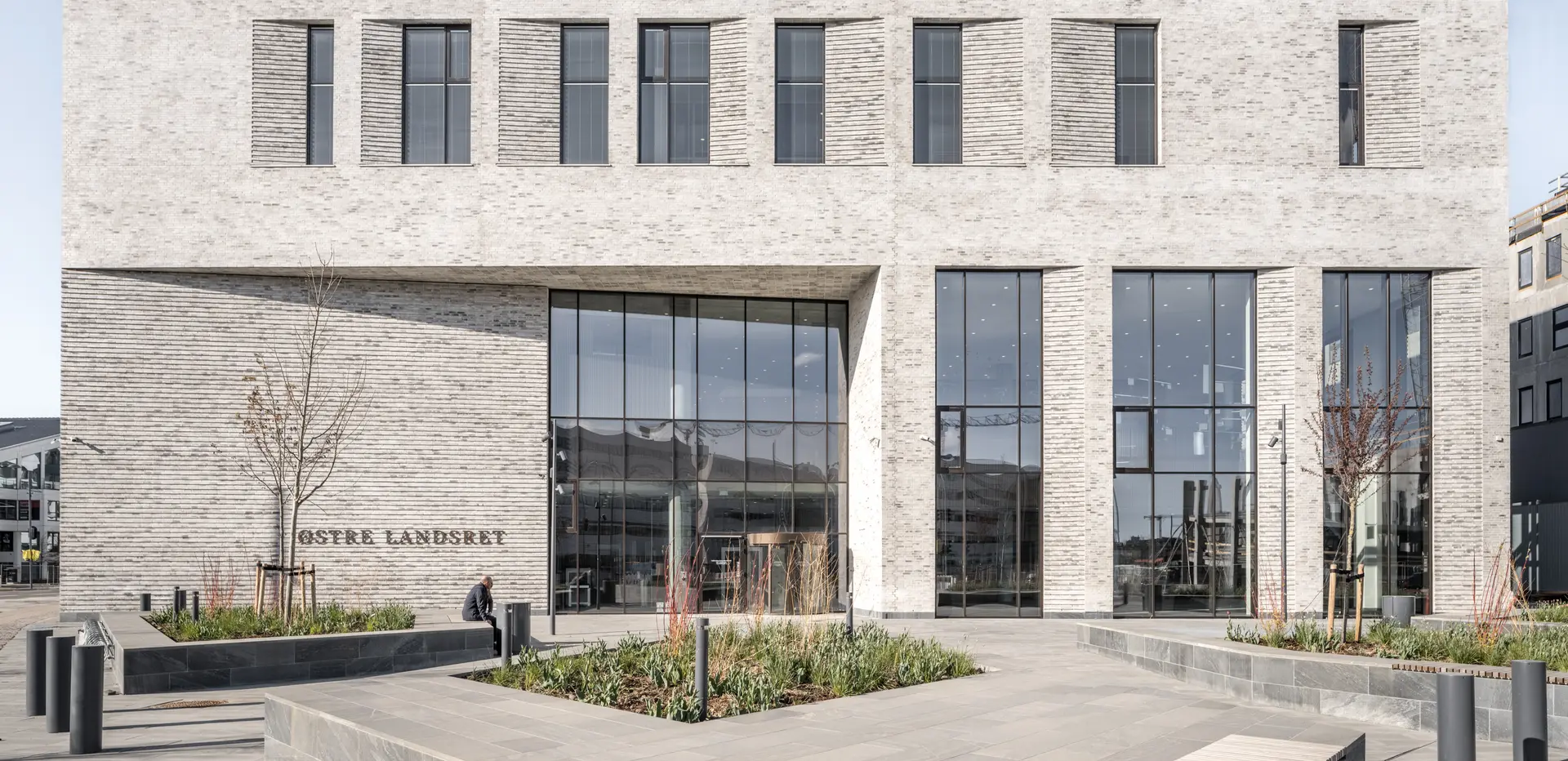
Eastern High Court
A public space with a deeply private function, the Eastern High Court in Copenhagen’s North harbor district strikes a delicate balance between accessibility and discretion through its design. Open and secure, structured and versatile, it layers the flow of users – whether public or court employees – without requiring them to overlap.
Client
Danish Building and Property Agency Courts of Denmark Velliv
Status
Balancing public and private
The Eastern High Court, located in Copenhagen’s North Harbor district, was designed to tread a delicate balance between privacy and transparency. As a public building with a private function, respect for the diverse needs of its users was a primary concern. Our design envisioned a structure that was both open and secure, creating space for all who might use the courthouse while allowing them private spaces and independent pathways of movement.
The upper floors feature offices, meeting rooms and courtyards dedicated to the court staff, and are designed for flexibility, which allows them to change their specific functions as needed. The lower floors are reserved for the court records and the public users of the house, and vertical connections between floors are discreetly tucked away, accessible to staff without being immediately visible to the general public. Dedicated circulation routes ensure separation between judges, lay assessors, witnesses, and defendants, and enable private functions to be kept above and below the ground level, accessible by secure stairways and elevators.
Designed to promote a sense of well-being for users during difficult times, balconies, courtyard areas, and views of the harbor and canals grant spaces to find a calm and tranquil moment outside of the courtrooms. This motivation is echoed in the daylight strategy of our design, which ensures natural illumination for the entire building, including both the upper administrative levels and lower courtrooms.

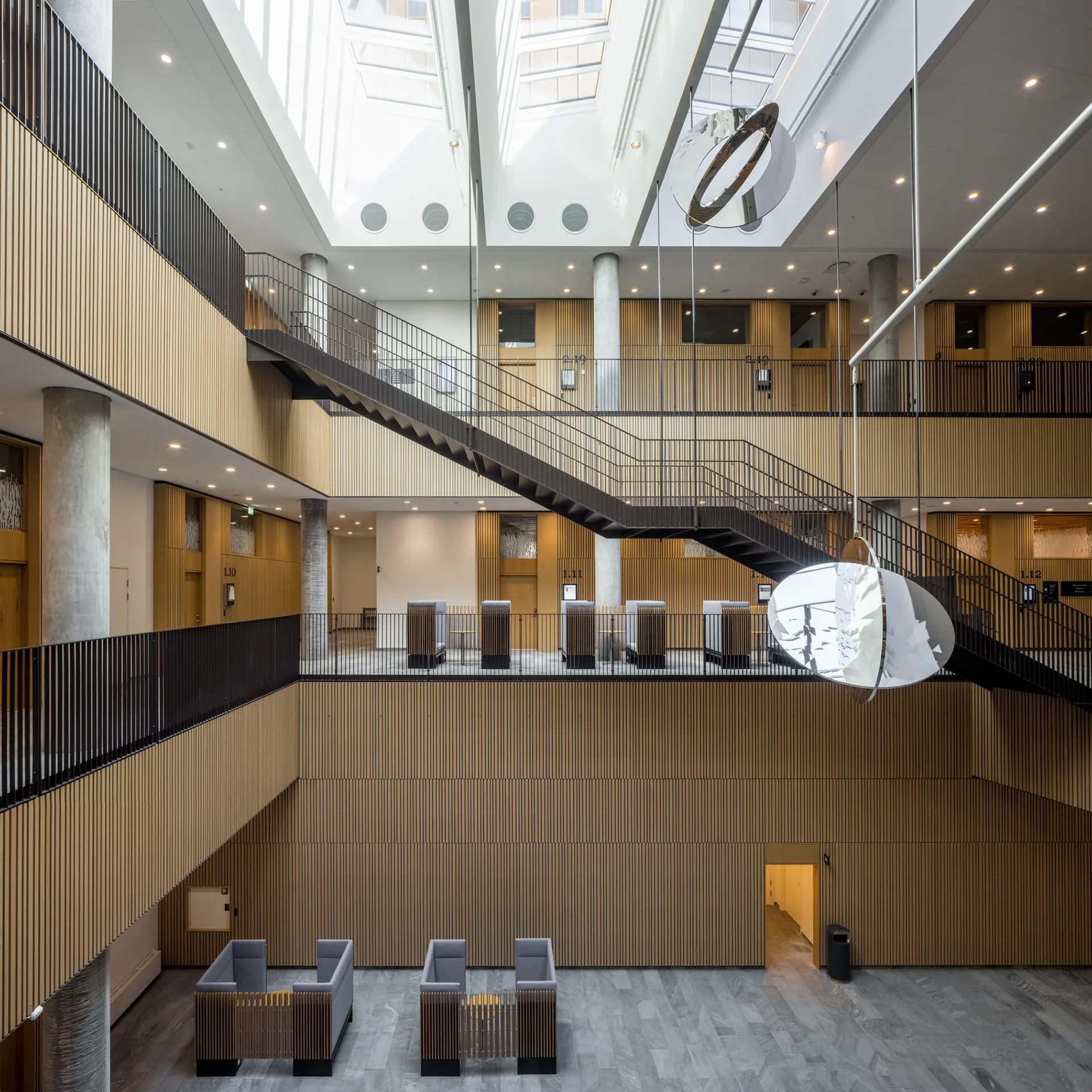

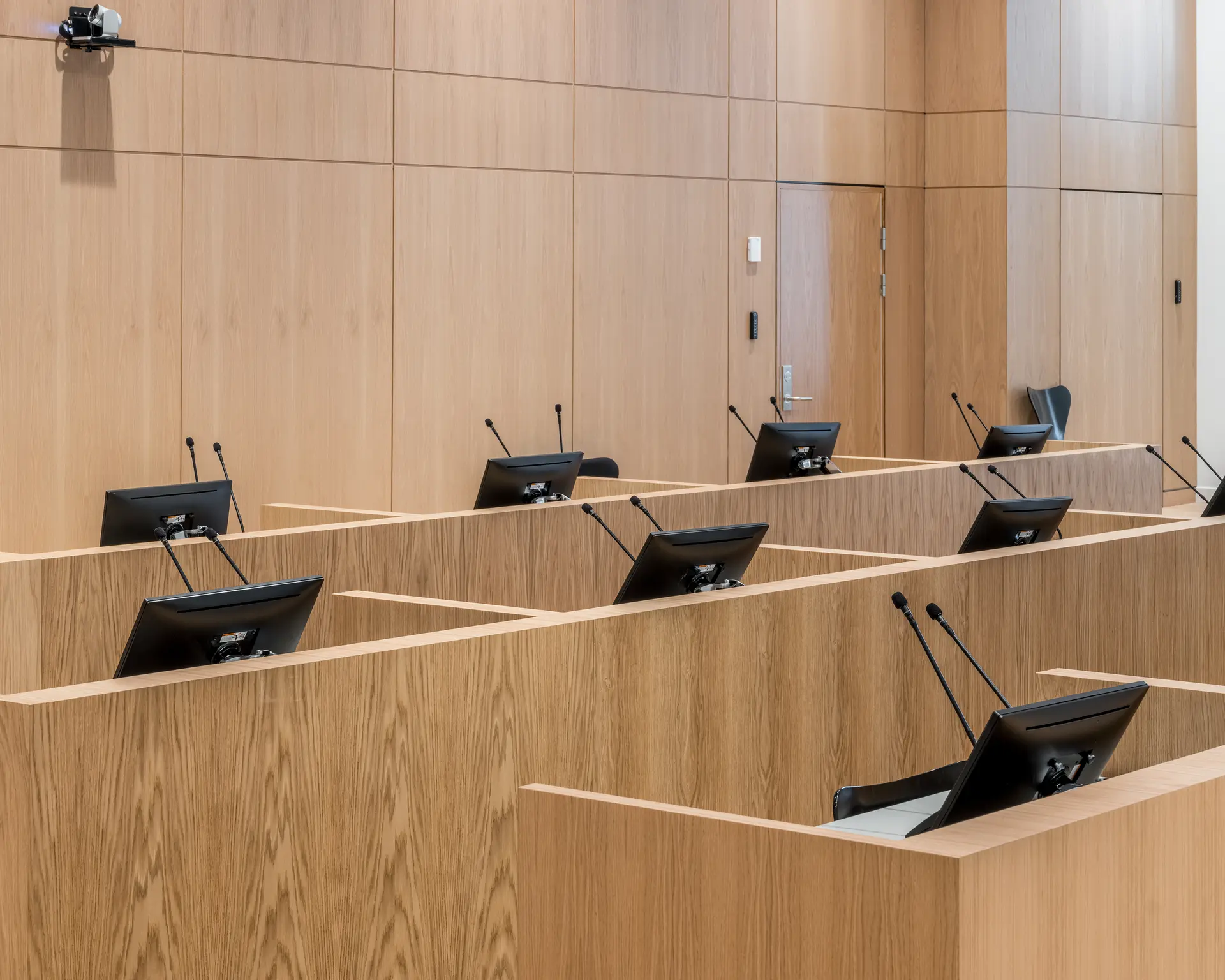

A symbolic aesthetic
The High Court is a distinctive building with a characteristic and recognizable façade that projects dignity and security. Its architectural expression refers to other iconic buildings in Copenhagen, while modern interpretations of classical elements such as pillars and tile work have been included to ground the courthouse in the historic heritage of law and justice. Featuring windows that appear to be carved into the deep mass of the facades, the courthouse’s interior functions – balancing solemnity and transparency – are reflected poetically in the building’s exterior.
Both spatially and materially, the building creates an environment of professionalism, where the court staff has space to complete their duties free from the prying eyes of the public, who are also given space dedicated to their own needs.
At the ground level, a public café featuring dining and workspaces extends along the entire canal and toward the street. Here the façade opens to the city and creates a connection between the interior life of the building and the bustling city streets surrounding it.
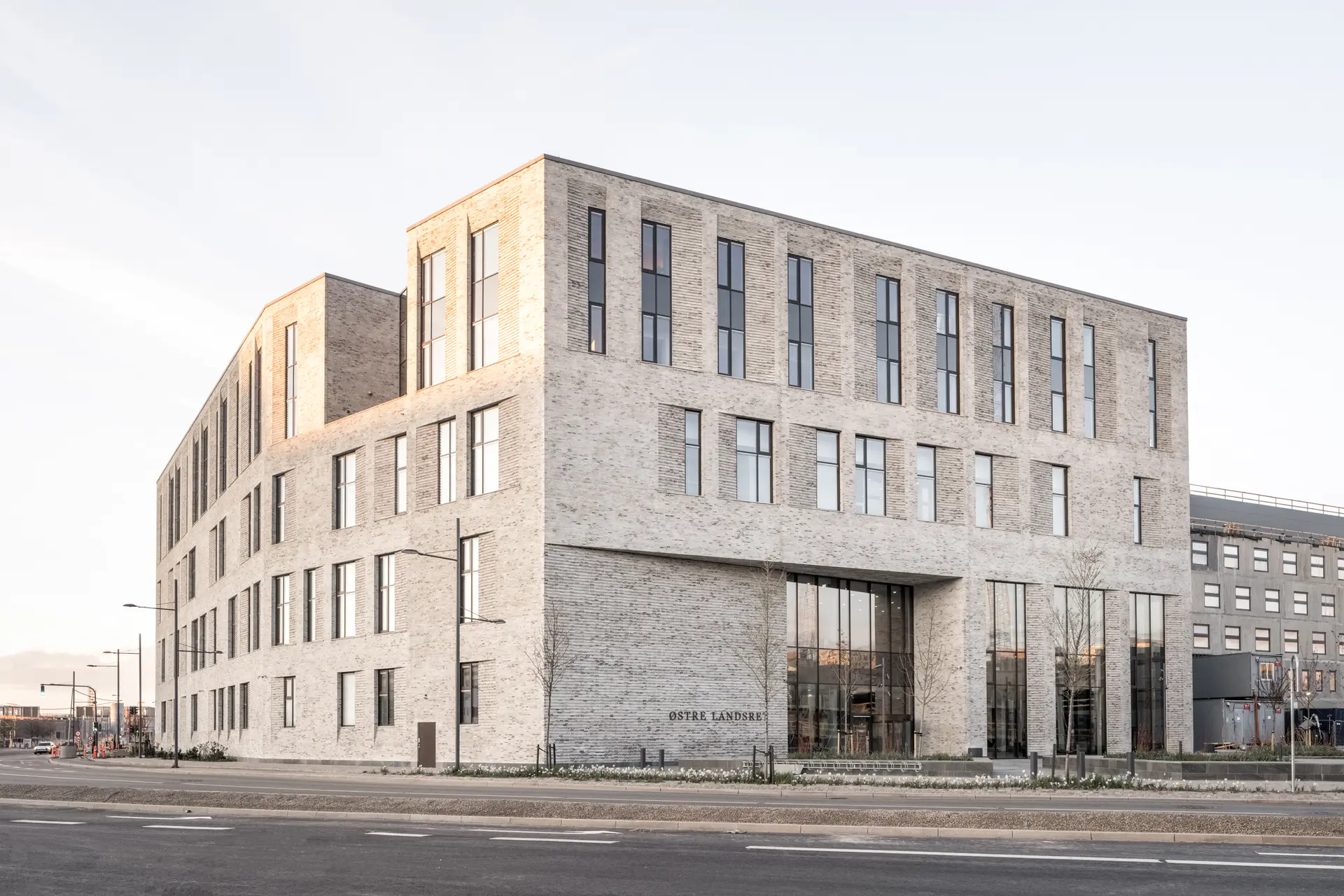

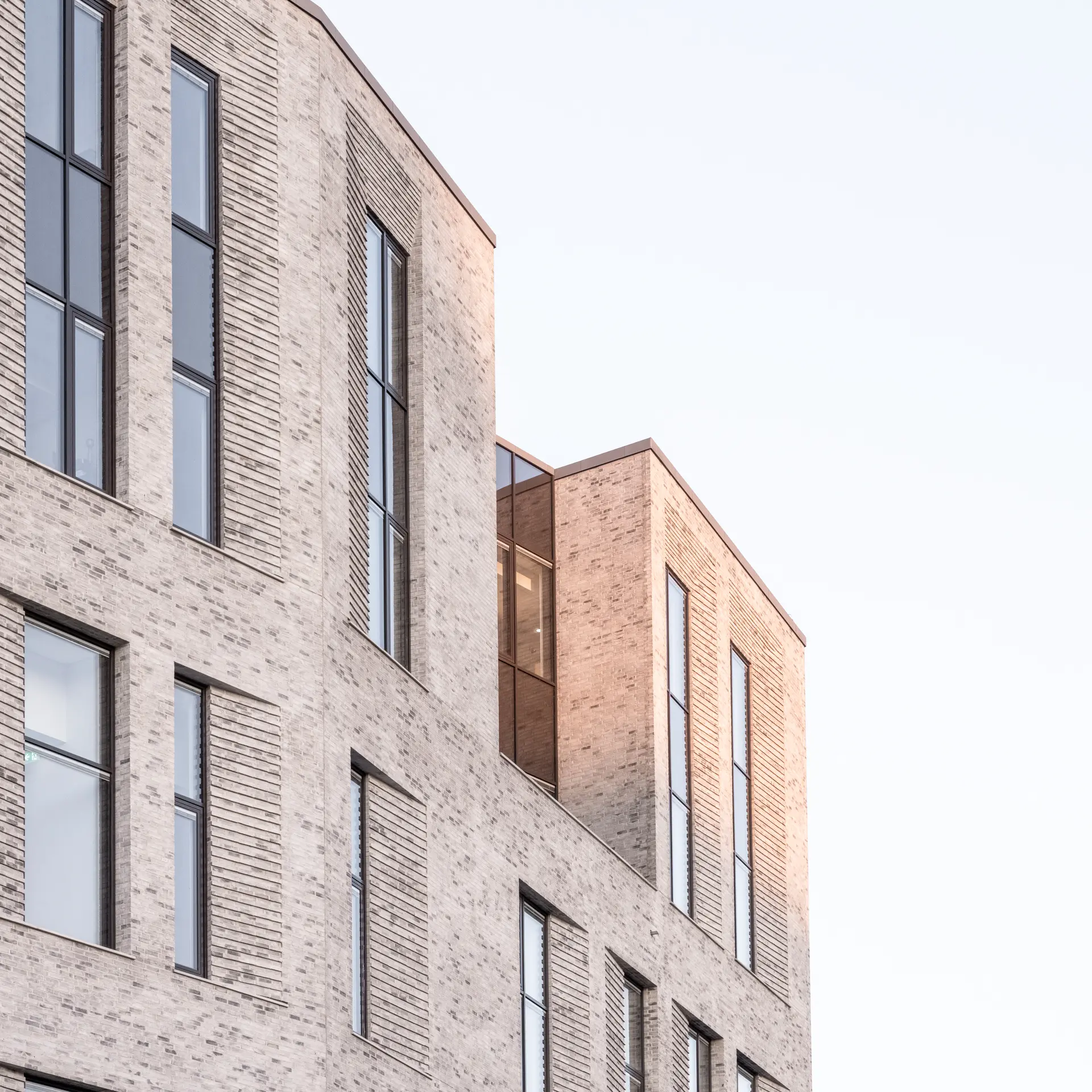
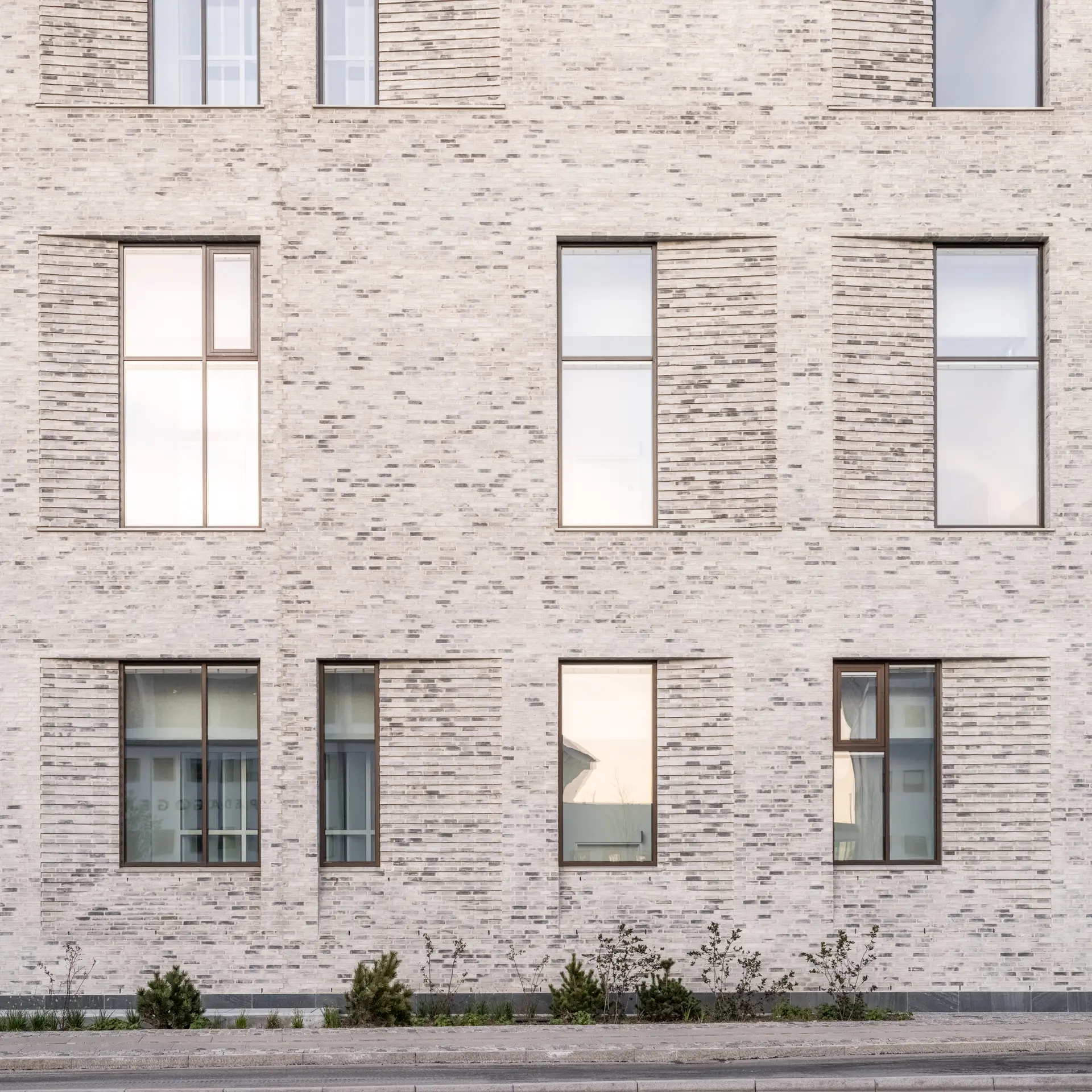
01/07
Contact
All contacts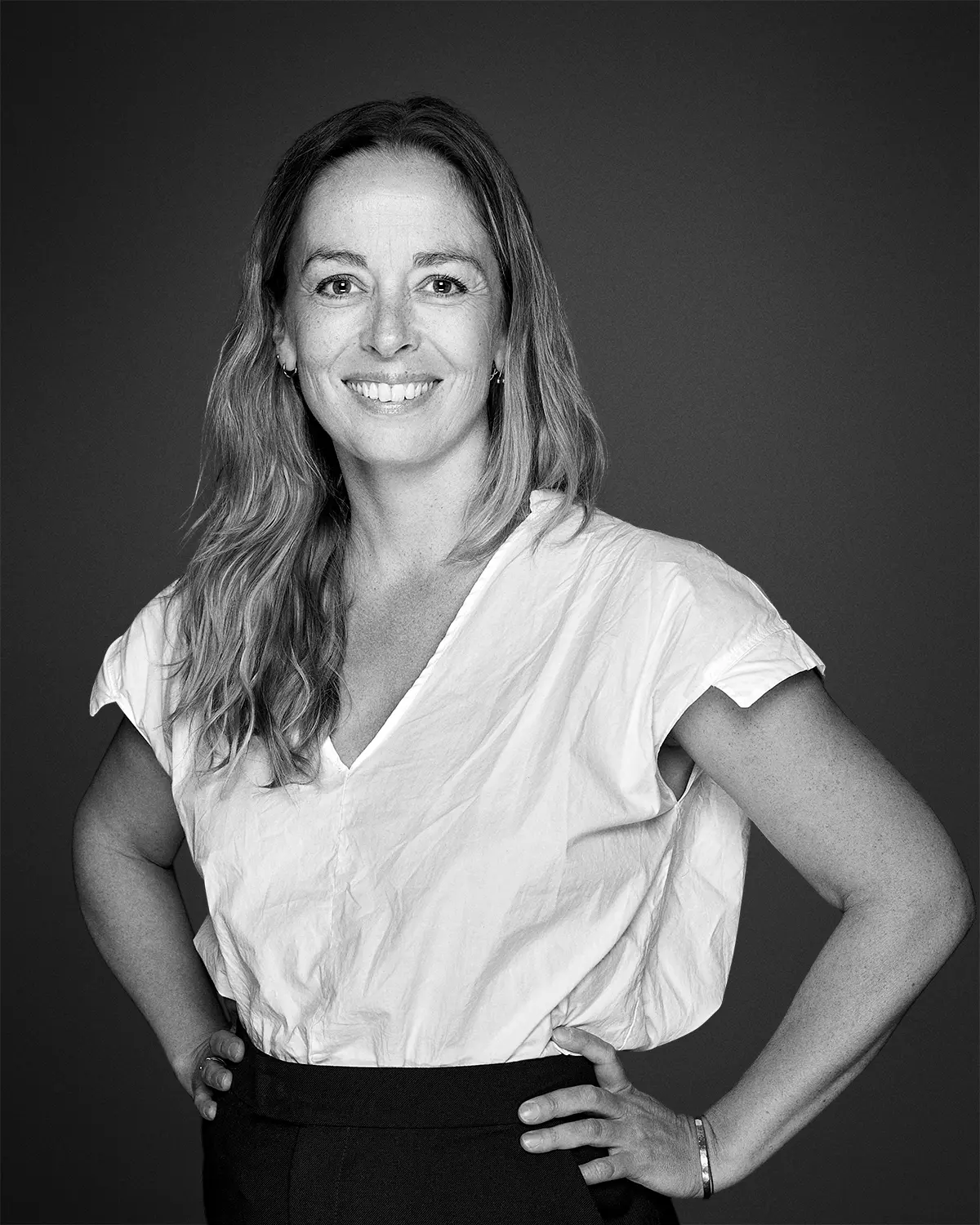
Country Market Director, Denmark, Partner
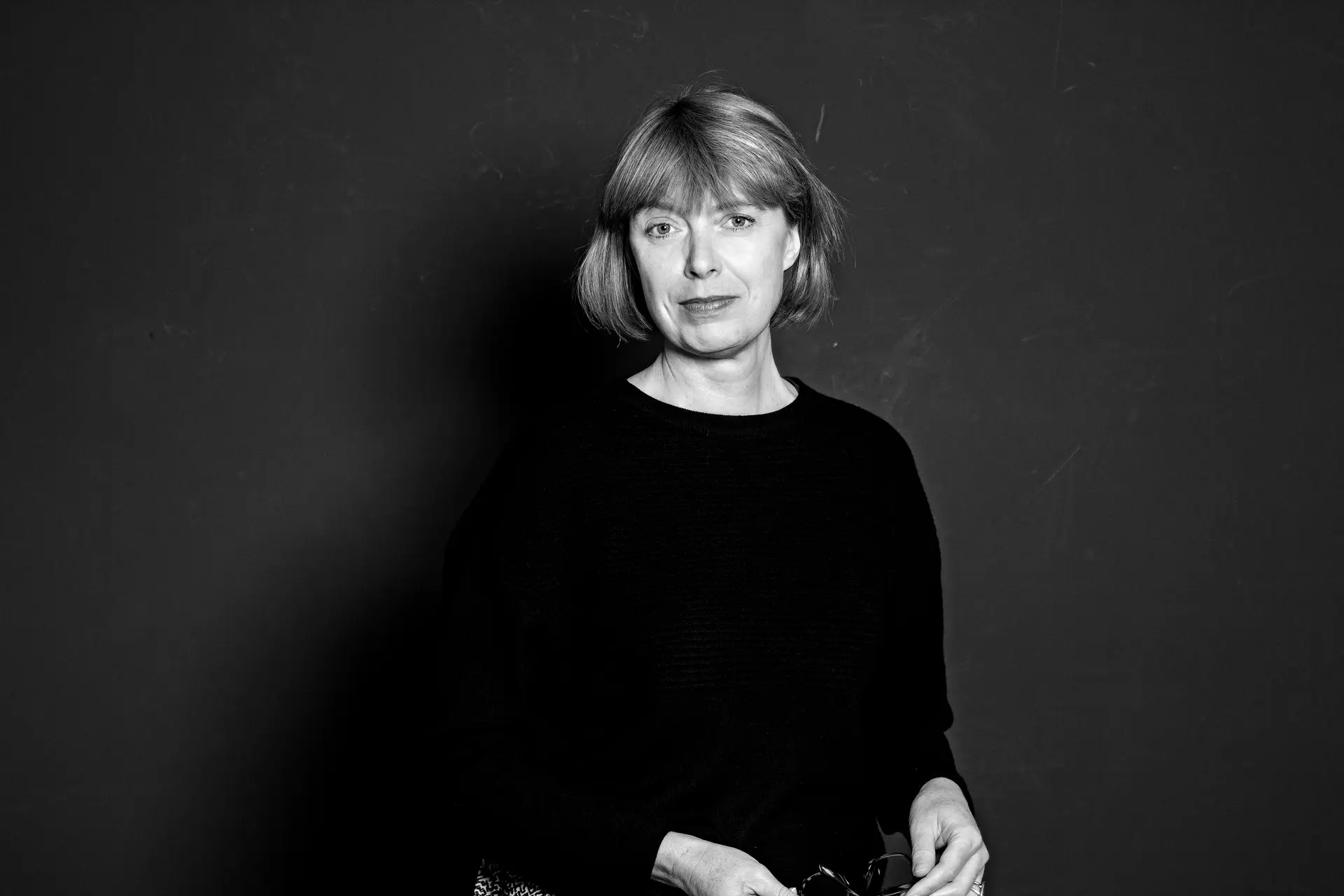
Lead Design Architect, Architect MAA
Eystur Town Hall
Explore project
